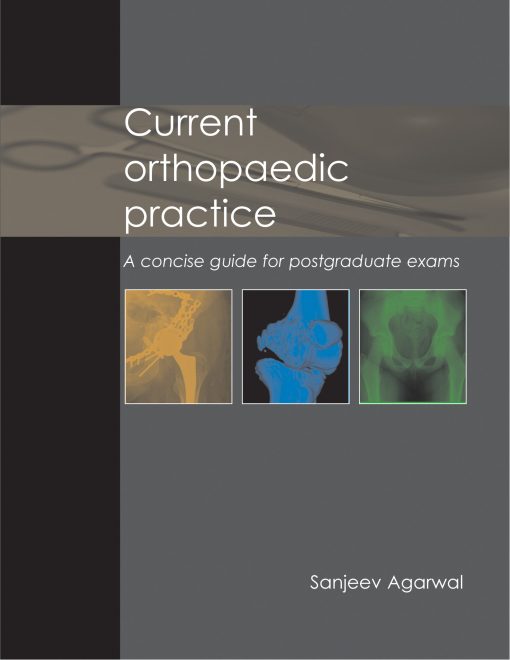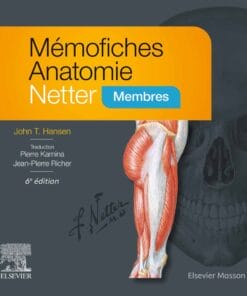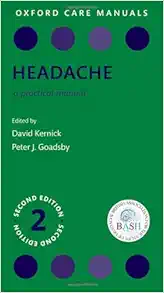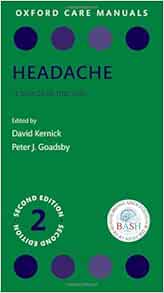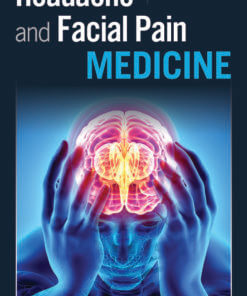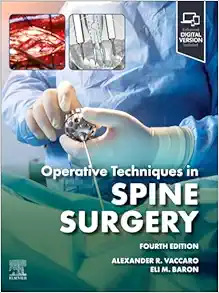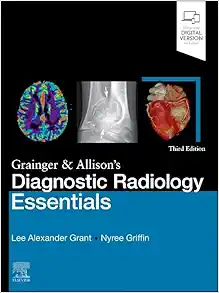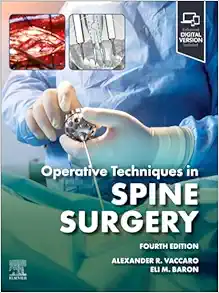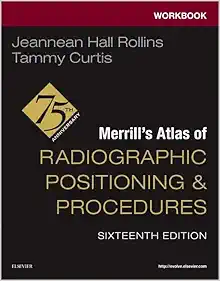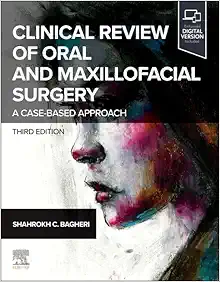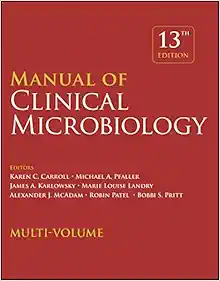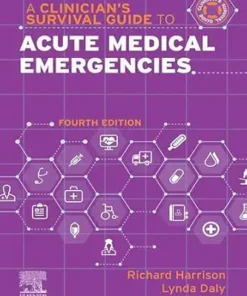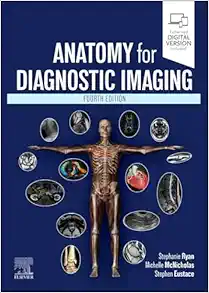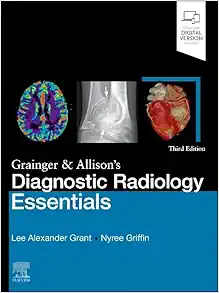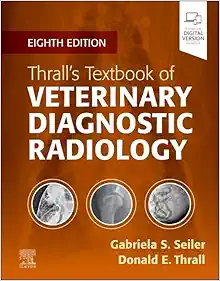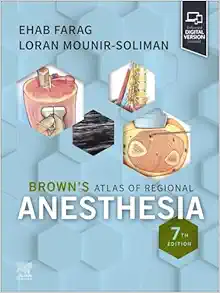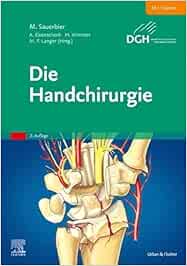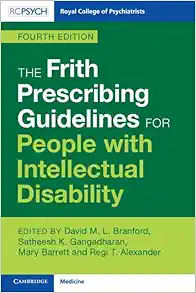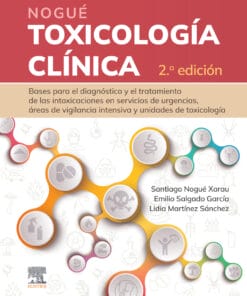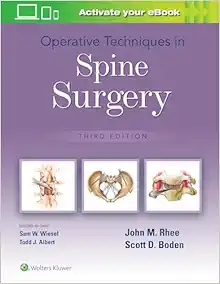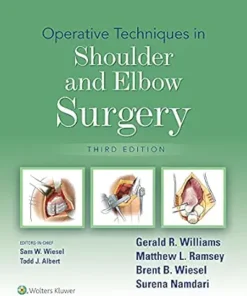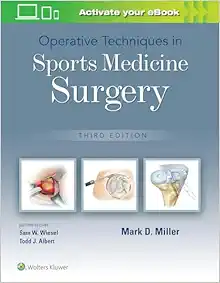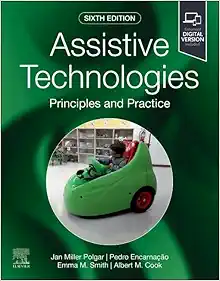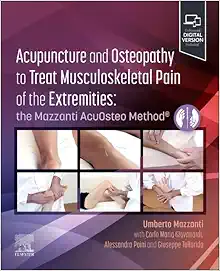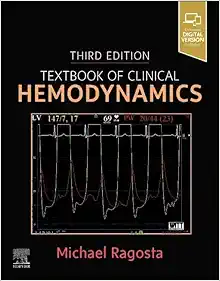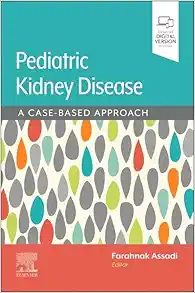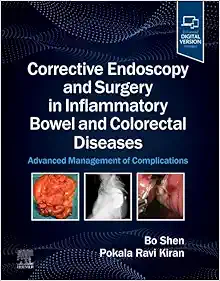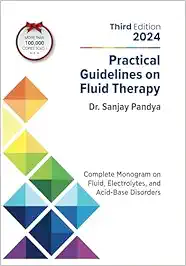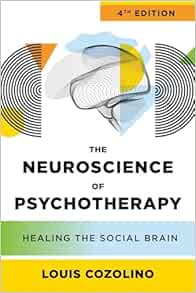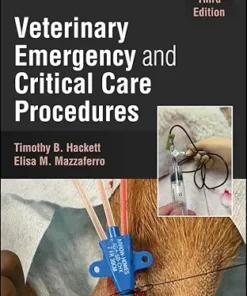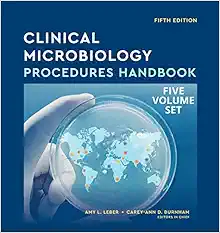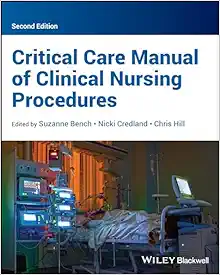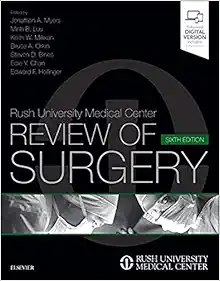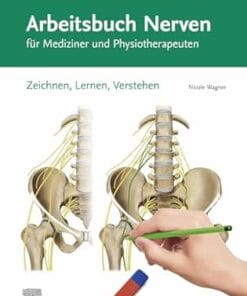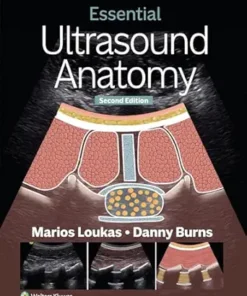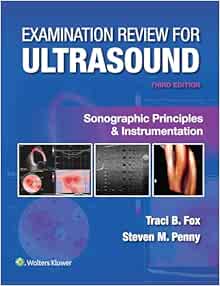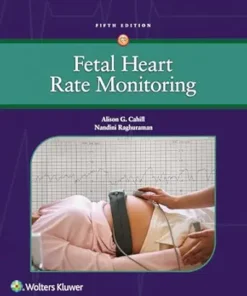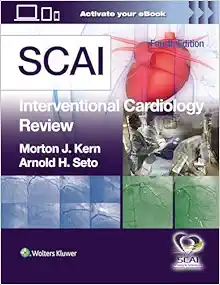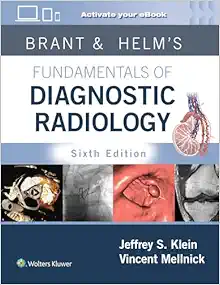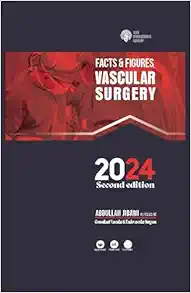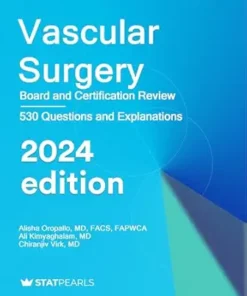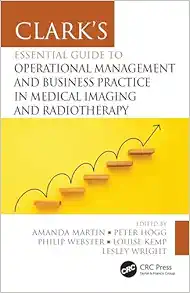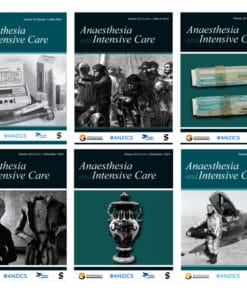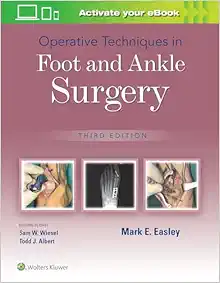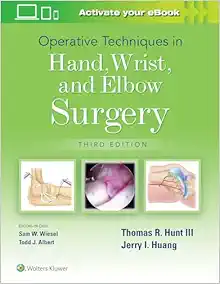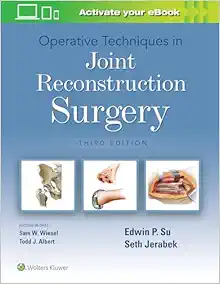Current Orthopaedic Practice (EPUB Book)
5 $
Format : EPUB
File Size : 19.9 MB
“Current Orthopaedic Practice” by Sanjeev Agarwal is a comprehensive and up-to-date guide for orthopaedic surgeons, trainees, and other healthcare professionals. It covers a wide range of topics and provides a concise overview of current practices in orthopaedics. The book is relevant, complete, and practical, and includes annotated references for further reading. The reviewer gives it a rating of 4.8 out of 5 stars and highly recommends it. The book was published by TFM Publishing Ltd in October 2012 and has ISBN numbers 9781903378595 and 9781908986924.
Current Orthopaedic Practice (EPUB Book)
Introduction to Orthopaedic Practice
Orthopaedics is a medical specialty that focuses on the diagnosis, treatment, and prevention of musculoskeletal disorders. This field encompasses a wide range of conditions, including bone fractures, joint injuries, and degenerative diseases such as osteoarthritis. The practice of orthopaedics has a rich history, dating back to ancient times when healers used splints and other devices to treat bone fractures. Today, orthopaedic practice has evolved to include advanced surgical techniques, innovative therapies, and cutting-edge technologies [1].
Current trends in orthopaedic practice reflect a growing emphasis on evidence-based medicine and a patient-centered approach to care. Evidence-based medicine involves using the best available research to guide clinical decision-making, while a patient-centered approach focuses on individualizing care to meet each patient’s unique needs and preferences [2]. In addition, there is a growing interest in the use of minimally invasive surgical techniques, which can reduce postoperative pain and shorten recovery times [3]. Another important trend in orthopaedic practice is the use of regenerative therapies, such as platelet-rich plasma and stem cell therapy, which have shown promising results in treating a variety of musculoskeletal conditions [4].
Despite these advances, the field of orthopaedics continues to face challenges, such as rising healthcare costs and an aging population with increasing medical needs. To address these challenges, orthopaedic practitioners must stay up-to-date with the latest research and technologies, while also maintaining a focus on providing high-quality, patient-centered care [5]. By doing so, they can continue to improve the lives of patients with musculoskeletal disorders and contribute to the ongoing evolution of the field of orthopaedics.
Common Orthopaedic Conditions and Treatments
Orthopaedic conditions and treatments are an essential part of modern medical practice. One of the most common orthopaedic issues is fractures and trauma. These injuries can occur due to various reasons, such as falls, accidents, or sports-related incidents. Orthopaedic surgeons use various techniques to treat fractures, including surgical interventions, immobilization, and physical therapy [6]. Ankle fractures are a common type of fracture treated by orthopaedic surgeons, and studies have shown that surgical treatment by orthopaedic surgeons leads to better outcomes than non-surgical treatment [7]. The “Archives of Orthopaedic and Trauma Surgery” is an excellent resource for physicians seeking information on the latest treatments and techniques for fractures and trauma [8].
Arthritis is another common orthopaedic condition that affects millions of people worldwide. Knee osteoarthritis, in particular, is a prevalent form of arthritis that results from wear and tear and progressive damage to the knee joint [9]. Biomechanical factors and physical examination findings are associated with tissue abnormalities in patients with osteoarthritis of the knee [10]. Orthopaedic surgeons use various treatments for arthritis, including non-surgical interventions such as lifestyle modifications, physical therapy, and medications, as well as surgical interventions such as joint replacement surgeries [7]. The “Current Orthopaedic Practice” is an excellent resource for physicians seeking information on the latest treatments and techniques for arthritis [11].
Sports injuries are another common type of orthopaedic condition that can affect athletes of all levels. Orthopaedic surgeons use various techniques to treat sports injuries, including surgical interventions, physical therapy, and rehabilitation [12]. The “Journal of Orthopaedic Trauma” is a leading journal dedicated to the diagnosis and management of hard and soft tissue trauma, including injuries to bone, muscle, and ligaments [13]. In addition to treating sports injuries, orthopaedic surgeons also work with athletes to prevent injuries through exercise, proper nutrition, and other preventative measures. Overall, orthopaedic conditions and treatments play a critical role in maintaining the health and well-being of individuals of all ages and activity levels.
Diagnostic Techniques and Imaging
Diagnostic techniques and imaging play a crucial role in current orthopaedic practice. X-rays and CT scans are commonly used to diagnose fractures, dislocations, and other bone-related injuries. CT scans have been found to be highly sensitive in detecting COVID-19, with a sensitivity of 97% [14]. Additionally, artificial intelligence (AI) has been used in orthopaedic radiography imaging to detect and classify fractures accurately [15]. However, performing imaging near implanted orthopaedic hardware can pose challenges in generating clinically interpretable images [16]. Overall, X-rays and CT scans remain essential diagnostic tools in orthopaedic practice [17].
Magnetic resonance imaging (MRI) is another valuable diagnostic tool used in orthopaedic practice. MRI can detect multiple tissue abnormalities, including cartilage integrity, osteophytes, and effusion, which are associated with physical examination findings [10]. Moreover, MRI has been used to diagnose traumatic hip subluxation [18]. However, the use of MRI in orthopaedic practice is limited due to its high cost and the need for specialized equipment [17]. Nevertheless, MRI remains a valuable tool in the diagnosis of various orthopaedic conditions.
Ultrasound is a non-invasive and cost-effective diagnostic tool that is commonly used in orthopaedic practice to diagnose soft tissue injuries, such as ligament and tendon tears. Ultrasound is also used to guide injections and other procedures, such as arthrocentesis [17]. However, ultrasound has limitations in diagnosing bone-related injuries, and its effectiveness in diagnosing certain orthopaedic conditions is still being researched [17]. Despite its limitations, ultrasound remains a valuable diagnostic tool in orthopaedic practice, particularly in the diagnosis of soft tissue injuries.
Surgical Procedures in Orthopaedics
Joint replacement surgery is a common orthopaedic procedure that involves replacing a damaged joint with an artificial one. This surgery is typically recommended for patients with severe joint pain and limited mobility due to conditions such as osteoarthritis or rheumatoid arthritis. A recent study published in Current Orthopaedic Practice eNews suggests that patients undergoing elective total hip or knee replacement surgery experience significant improvements in their quality of life and pain levels [19]. Additionally, current research is examining the role of vitamin C in joint replacement surgery and postoperative pain management [4]. Thus, joint replacement surgery remains an important and evolving area of orthopaedic practice.
Spinal surgery is another essential area of orthopaedic practice. Procedures such as lateral lumbar interbody fusion and meniscal surgery have been developed to address conditions such as lumbar scoliosis and spinal tumors [6] [20]. A comparison of three methods for reducing surgical site infections in spine tumor surgery was published in Spine [21]. These procedures require specialized training and expertise, and advancements in technology and techniques continue to improve patient outcomes. Therefore, spinal surgery remains a critical aspect of orthopaedic practice.
Arthroscopy is a minimally invasive surgical technique used to diagnose and treat joint problems. It involves inserting a small camera and surgical instruments into the joint through small incisions. Arthroscopy is commonly used to treat knee and shoulder injuries, such as torn ligaments and rotator cuff tears. A study published in Orthopaedics in Brief examined the efficacy of minimal-incision total hip arthroplasty and its impact on the need for early revision surgery [3]. The American Orthopaedic Society for Sports Medicine also publishes a journal dedicated to research in this area [22]. Thus, arthroscopy remains an important and continually evolving area of orthopaedic practice.
Emerging Technologies and Future Directions in Orthopaedic Practice
Emerging technologies and future directions in orthopaedic practice are revolutionizing the way orthopaedic surgeons provide care to their patients. One such technology is robotic surgery, which has made significant progress in recent years and is expected to play a key role in the future of trauma and orthopaedics [23]. Robotic surgery provides greater precision and accuracy in surgical procedures, leading to improved outcomes for patients. A 2021 study by Li et al. evaluated the status and trends of robotic orthopedic surgery in a clinical setting and found that it is becoming increasingly popular [24]. Additionally, a current concepts article by Bullock et al. reviewed the literature on the use of robot-assisted systems in total hip arthroplasty and found that it can lead to improved accuracy and precision in implant placement [25].
Another emerging technology in orthopaedic practice is 3D printing. 3D printing is being used to print anatomic models for the purpose of educating peers, preoperative planning, and surgical procedures [26]. A review by Wixted et al. outlines the basics of 3D printing technology and its current applications in orthopaedic surgery [27]. Custom-made 3D printed implants are also being used in reconstructive prosthetic surgery to solve complicated cases [28]. A review by Andrés-Cano et al. discusses the current status of 3D printing in orthopaedic surgery and traumatology, highlighting its practical uses and potential benefits [29].
Advances in materials and implants are also changing the landscape of orthopaedic practice. Orthopaedic biomaterials continue to be an area of focus for researchers, with the aim of developing materials that are biocompatible, durable, and able to promote bone growth [30]. The continuous improvements of implant design have resulted in better patient outcomes, and materials such as PEEK are being used to improve bone tissue performance [31]. As the field of orthopaedics continues to evolve, it is expected that emerging technologies and advances in materials and implants will play an increasingly important role in improving patient outcomes.
Product Details
- Publisher: TFM Publishing Ltd; October 1, 2012
- Language: English
- ISBN: 9781903378595
- ISBN: 9781908986924
Related Products
Medical Book
Medical Book
Medical Book




